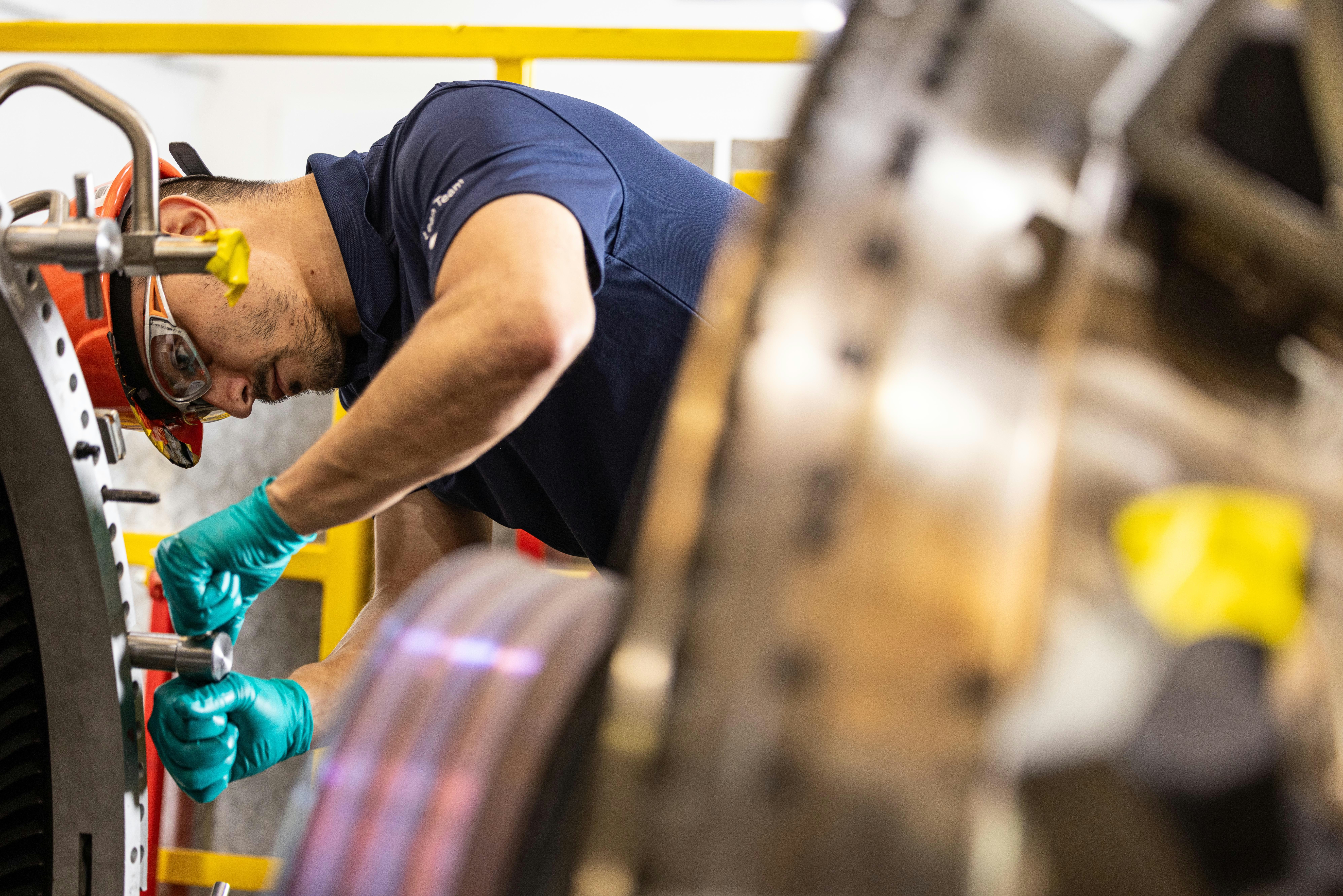
AeroGenie — Your Intelligent Copilot.
Trending
Categories
How aircraft engines are getting quieter
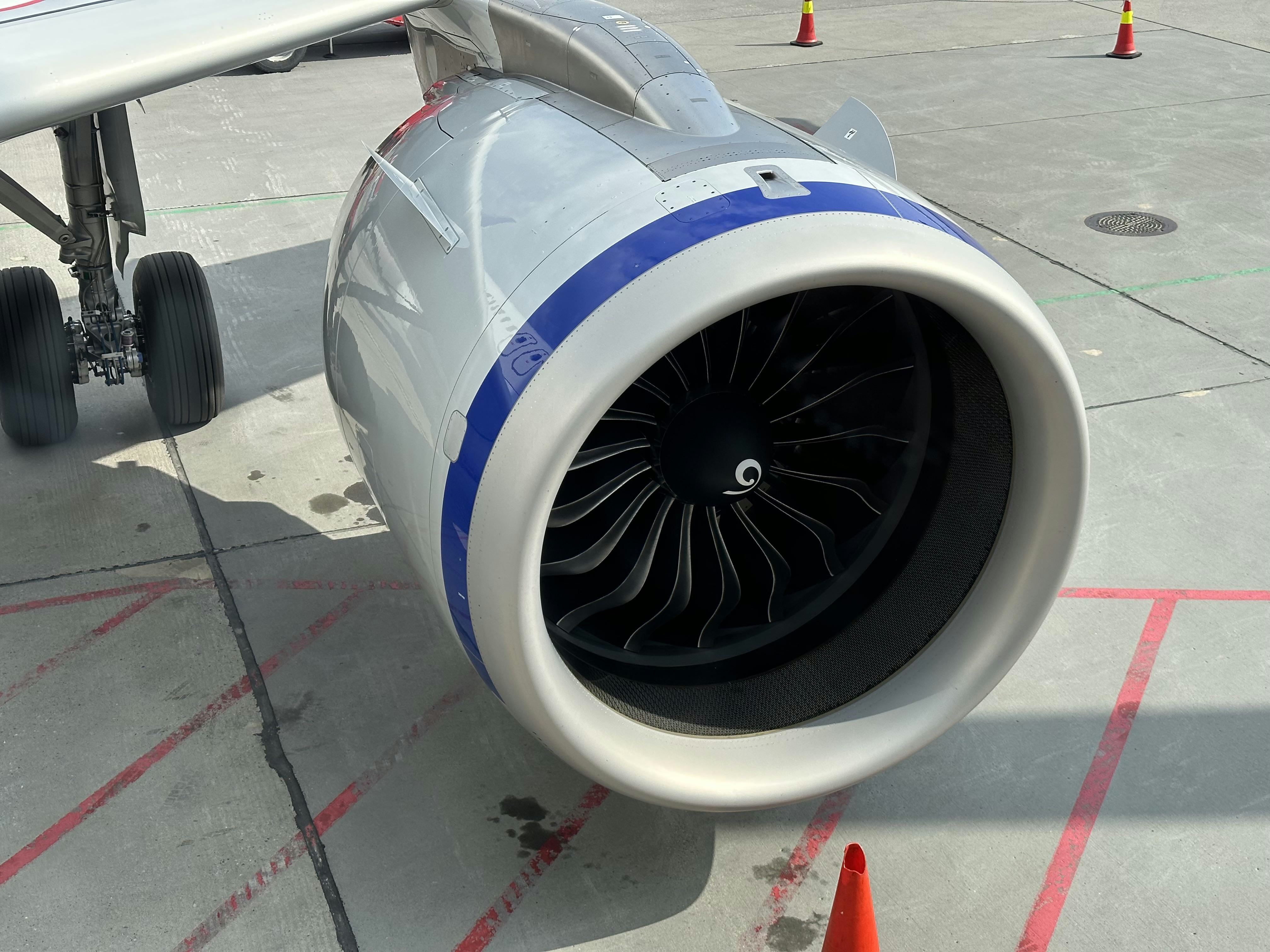
How Aircraft Engines Are Getting Quieter
Advancements in aircraft engine technology have significantly transformed noisy, high-emission powerplants into quieter and more efficient systems. Progress in engine design, aerodynamics, and materials science has been instrumental in reducing noise pollution and emissions, thereby lessening the impact of modern jet engines on communities near airports.
Design Innovations for Noise Reduction
A major contributor to quieter engines is the adoption of high-bypass turbofan designs. These engines incorporate large fans that channel a substantial volume of air through a secondary bypass path, effectively shielding the high-speed exhaust gases and diminishing turbulence. Unlike traditional engines where most air is compressed and ignited, high-bypass turbofans allow the majority of air to bypass the core, generating thrust with reduced noise and lower exhaust temperatures.
One significant innovation is the use of chevron exhaust nozzles—serrated edges located at the rear of the engine nacelle. These features, present on aircraft such as the Boeing 737 MAX, 747-8, and 787 Dreamliner, facilitate the mixing of hot exhaust with cooler ambient air, thereby reducing turbulence and noise levels. Although chevrons are technically part of the airframe rather than the engine itself, they create small vortices that help dampen sound. This advancement has enabled manufacturers to reduce traditional sound insulation, resulting in weight savings with only a slight compromise in thrust performance. Importantly, these modifications ensure compliance with increasingly stringent noise regulations.
Materials and Aerodynamic Enhancements
Modern aircraft like the Airbus A350 and Boeing 787 employ lightweight composite materials that improve both fuel efficiency and noise reduction. The jet engines powering these airliners incorporate sound-absorbing materials designed to meet rigorous regulatory standards. Boeing reports that the 787 Dreamliner’s noise footprint is up to 60% smaller than that of the aircraft it replaces, a reduction attributed to acoustically treated aerodynamic surfaces.
Developing quieter engines, however, presents considerable challenges. Engineers must create advanced materials, such as high-temperature superalloys, capable of withstanding extreme operating conditions while simultaneously dampening noise. These materials require a delicate balance of durability, weight, and acoustic performance, pushing the limits of current technological capabilities.
Optimization of Engine Components
Noise generated by rotating components—including fans, compressors, and turbines—increases with rotational speed. To mitigate this, manufacturers employ digital design and testing techniques to optimize the shapes and contours of major engine parts, minimizing noise emissions. Geared Turbofan (GTF) engines exemplify this approach by incorporating a gearbox that allows the fan and compressor shafts to rotate at their most efficient and quietest speeds. This technology is utilized in aircraft such as the Airbus A220, A320neo family, and Embraer jets.
Industry and Market Developments
The aviation market has responded favorably to quieter engine technologies. Investors recognize opportunities arising from new regulations that may permit quiet commercial supersonic flight over land, as demonstrated by NASA’s X-59 Quiet Supersonic Jet project. Concurrently, companies like Hanwha Aerospace are developing advanced aero-engines for future unmanned and manned combat aircraft, underscoring the industry’s ongoing commitment to innovation and noise reduction.
As demand for quieter and more efficient air travel intensifies, the aviation sector continues to invest in cutting-edge technologies and materials. These efforts aim to ensure that future aircraft will be both environmentally sustainable and less disruptive to communities on the ground.

CDB Aviation Leases Two 737 MAX 8 Jets to Ethiopian Airlines

EU Proposes Draft Rules for AI Use in Aviation
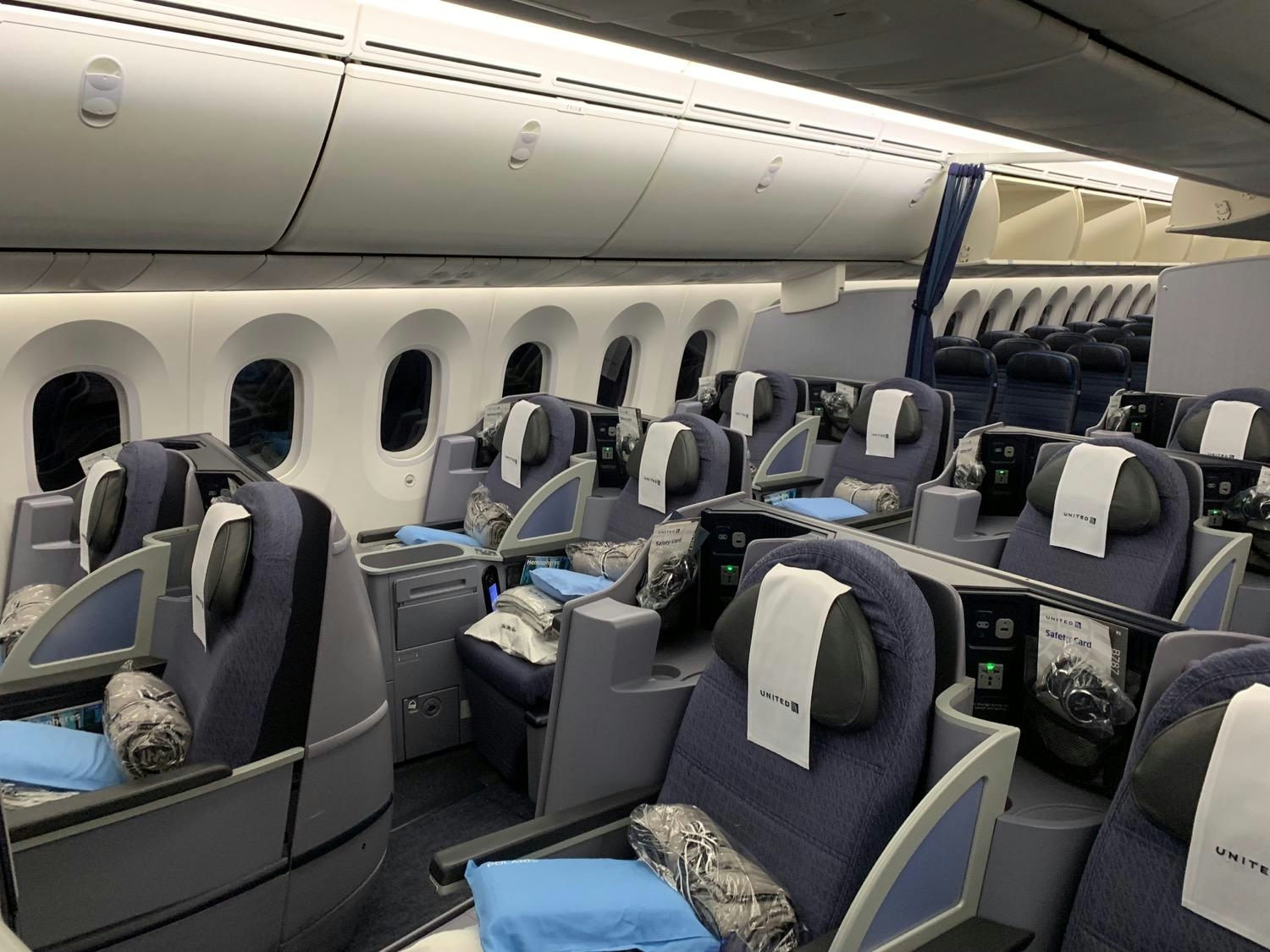
United's Dreamliner Trio: Unveiling The Top Routes For Each 787 Variant
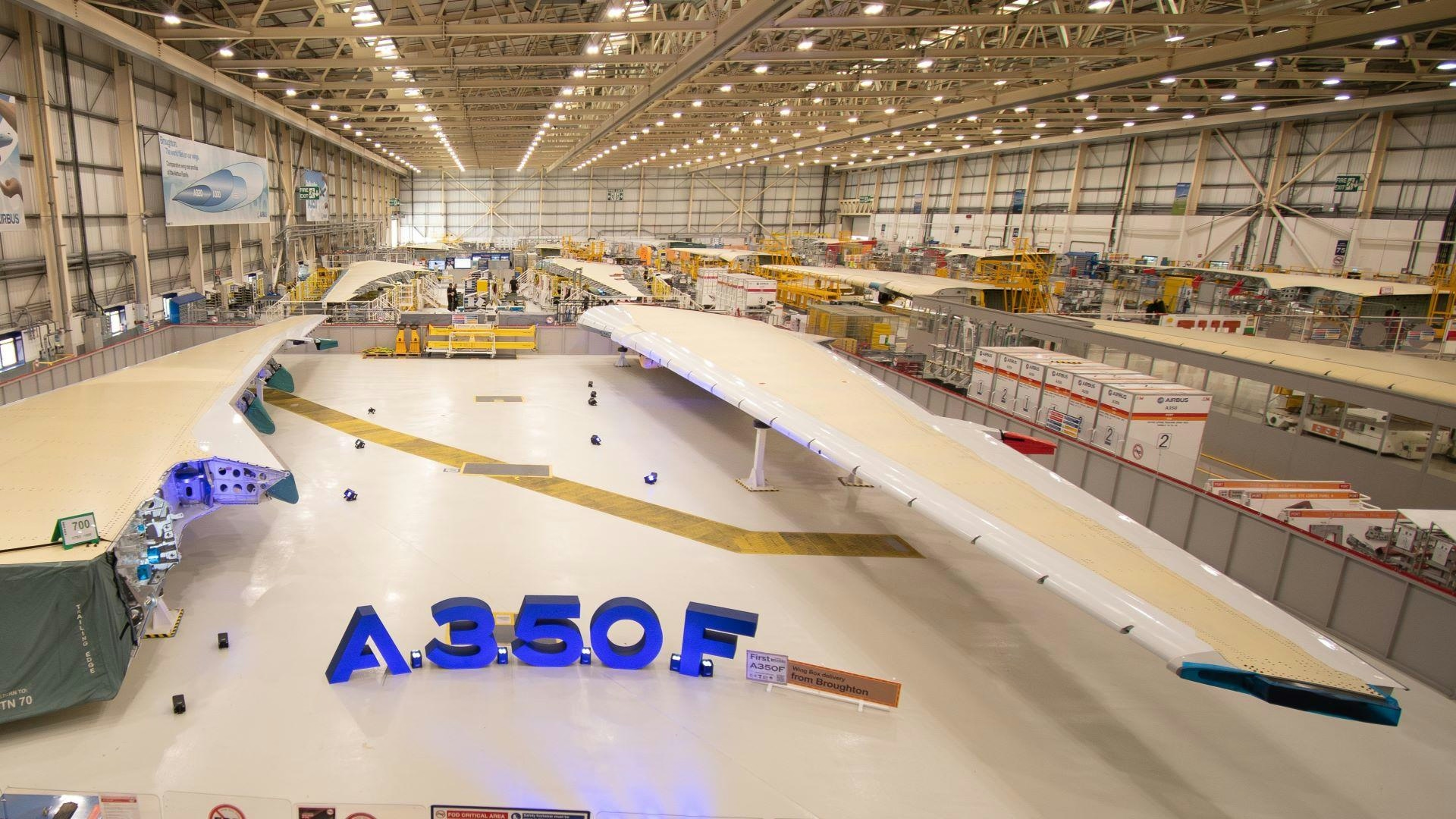
Airbus Wins Air China Cargo Order for Six A350F Freighters

Airbus Expected to Secure Majority of Flydubai Jet Order, Sources Say
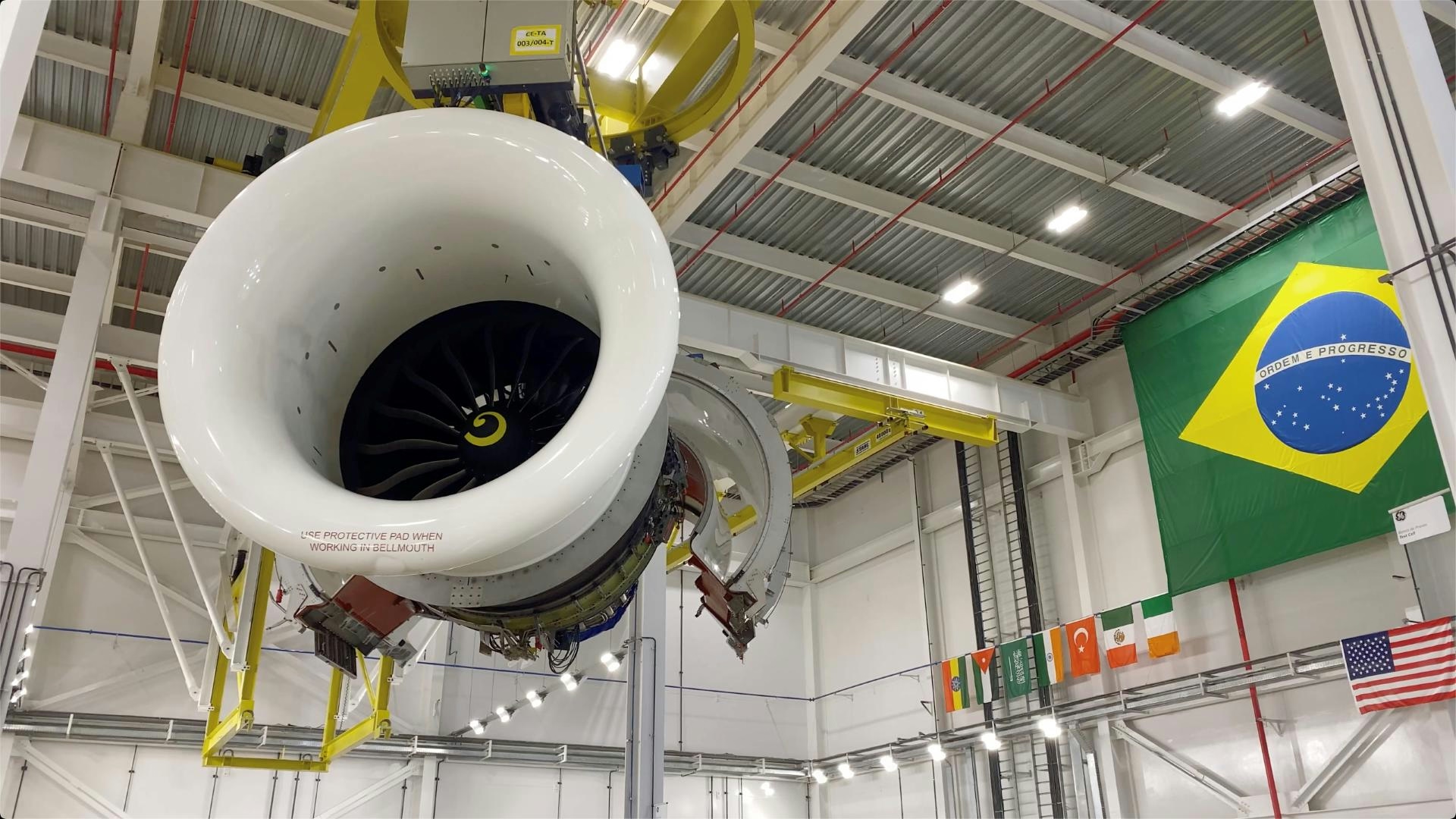
Inside GE Aerospace’s Mission To Build The World’s Toughest Jet Engines

Airbus Expands Fleet in the Middle East: Implications for Air Travel
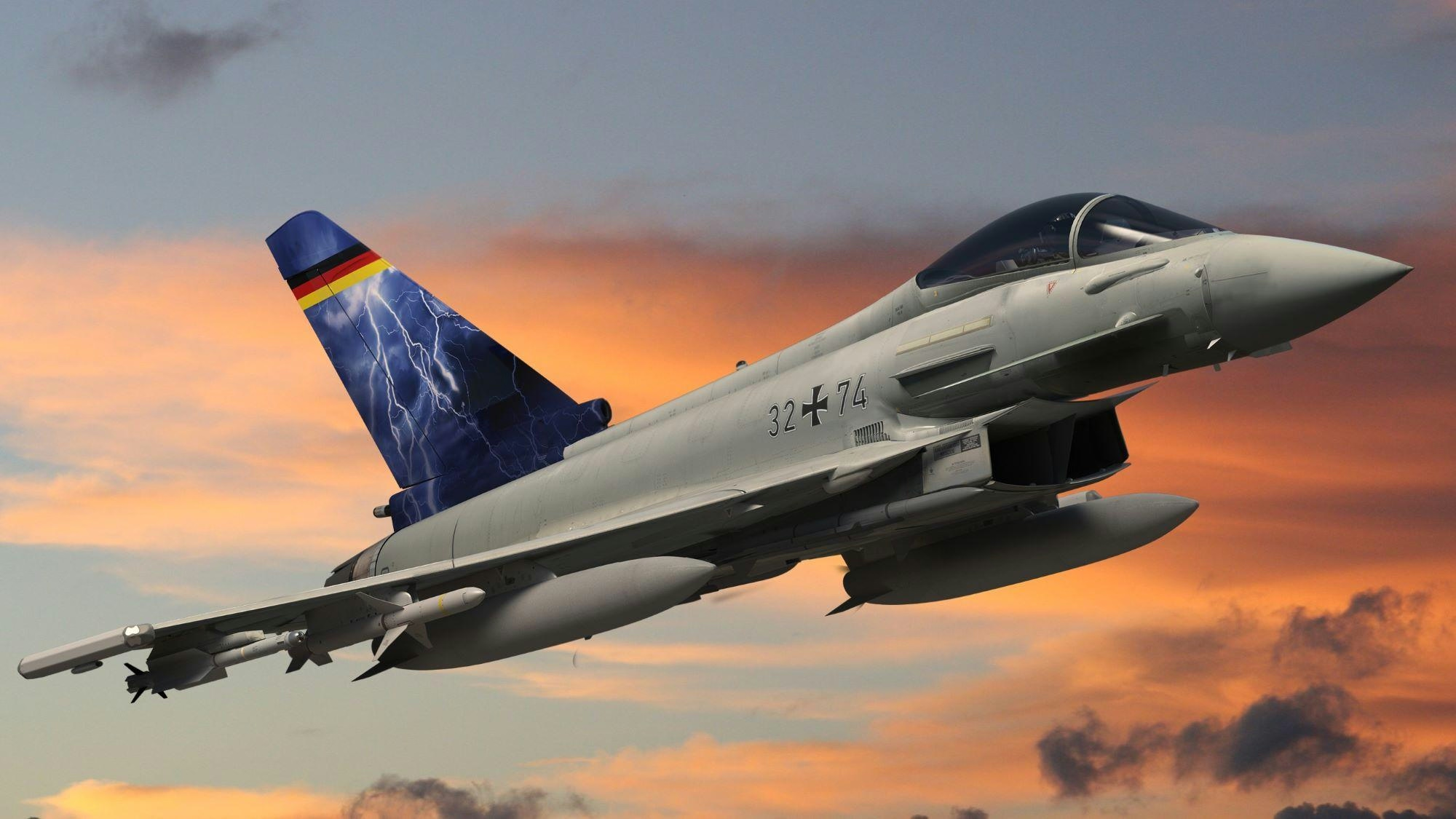
Airbus Orders Saab’s Arexis EW Suite for Eurofighter EK
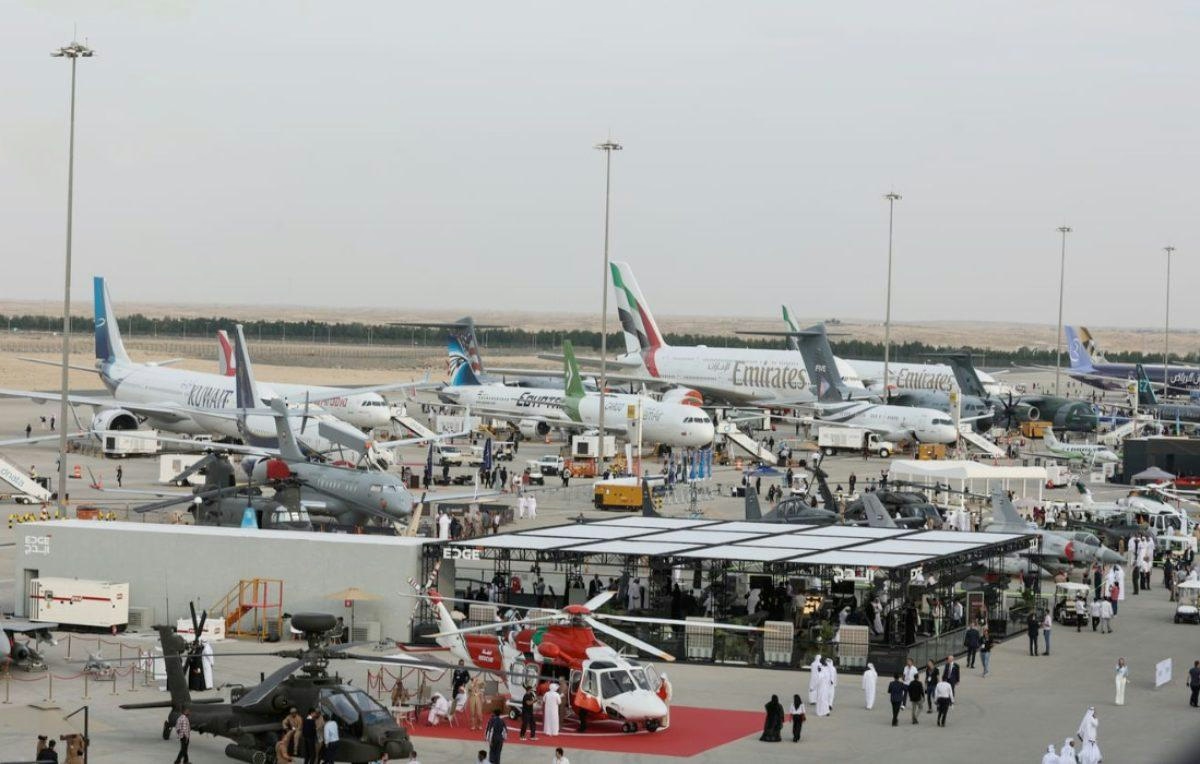
Emirates to Present Biometric Technology and Eco-Friendly Innovations at Dubai Airshow 2025
